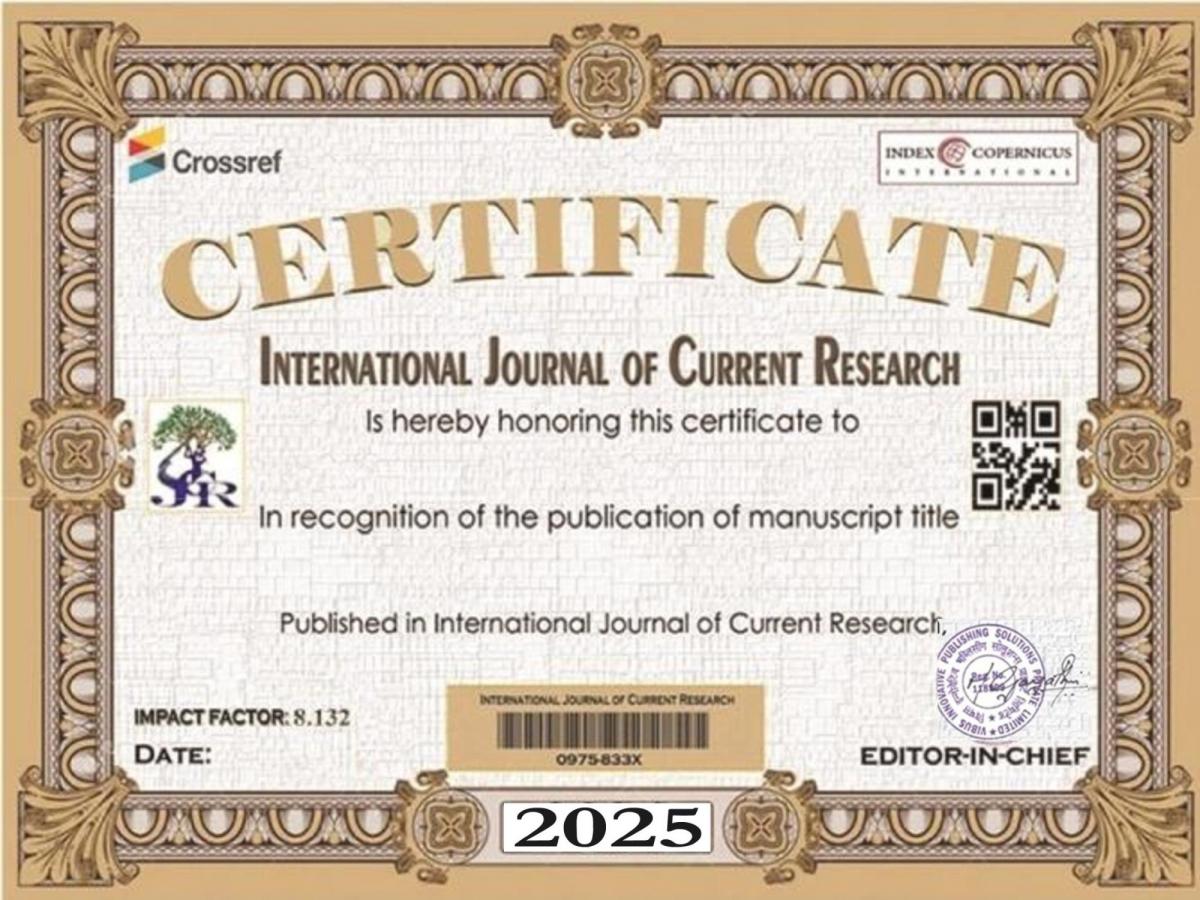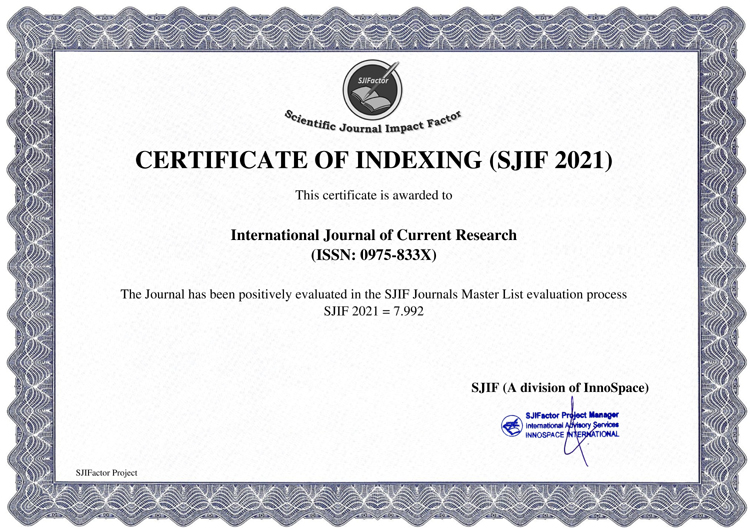Mangosteen or Purple Mangosteen belongs to the Family: Clusiaceae, Genus: Garcinia, Species: Garcinia mangostana. Burmese (mingut); Dutch (manggis, manggistan); English (mangostan, king's fruit, zangosteen); Filipino mangis, mangostan); French (mangoustanier, mangostanier, mangouste, mangostier); German (Mangostan baum); Indonesian (manggis); Lao (Sino-Tibetan) (mangkhut); Malay (sementah, manggis, semetah, mesetor); Portuguese (mangusta, mangosta, mangostao); Spanish (mangostan, palo de cruz, mangostao); Thai (mangkhut); Vietnamese (caay mwang cujt, mang cut, kandis, cay mang cut). Common Name: Mangosteen or Purple Mangosteen. Mangostino (in Spanish), Mangouste (in French), Mangostanbaum (in German). Also called ‘Queen of the Fruits’. Amibiasine, Fruit des Rois, Garcinia mangostana. The fruits have a delicious taste and are highly nutritious as well as medicinal. The rind of the fruit is astringent. It is dried, powdered, and taken internally as a treatment for dysentery. Externally the rind is applied as an ointment to treat various skin problems including eczema. The rind is boiled in water (decocted) and taken as a tea for diarrhea, cystitis, gonorrhea, and “gleet” (a watery discharge from the urethra caused by gonorrhea). A decoction for the leaves and bark is used to lower fevers as well as to treat fungal candidiasis (thrush), diarrhea, dysentery and urinary problems. A tea made from the leaves combined with an unripe banana is applied externally to treat circumcision wounds. A root decoction is taken as a tea to regulate menstruation. The fruits contain various active ingredients including xanthones. Recent studies have found that mangosteen is a promising source of natural anticancer agents. Identified and purified and eight xanthones from mangosteen in order to ascertain if these phytochemical compounds inhibited the activities of mammalian DNA polymerases and human DNA topoisomerases. The results of the study demonstrated that the compound know as β-mangostin was the strongest inhibitor of both mammalian polymerases and human topoisomerases within the isolated xanthones. Additionally, β-mangostin showed the strongest suppression of human cervical cancer HeLa cell proliferation. The authors of the study concluded that β-mangostin might be a promising natural anticancer agent that could be useful as a chemotherapeutic agent. A clinical study found that a commercial juice made form mangosteen fruit lowered inflammation among the study participants, and showed promise for the treatment of obesity. Additionally, recent data suggest that supplements made from mangosteen fruit rind may have a role in the treatment of overweight and obesity. Mangosenone F (MSF) is one of many natural xanthone compounds identified and isolated from mangosteen. Some studies have reported this compound possesses a glycosidase inhibitor effect. A study evaluated the potential anti lung cancer effect of MSF both in vitro as well as in vivo. The compound was found to inhibit cancer cell cytotoxicity and elicited apoptosis (programmed cell death) by means of generating free radicals or reactive oxygen species (ROS). These results showed that MSF could be a potential candidate for a natural anticancer pharmaceutical, since it promotes ROS production. Gartanin is one of various xanthone compounds isolated from mangosteen. This compound possesses powerful antioxidant, anti-inflammatory, antifungal and anticancer effects. A study evaluated the cytotoxic effect of gartanin on hepatocellular carcinoma (HCC), known to be the third leading cause of cancer-related death worldwide. The study revealed that gartanin elicited autophagy in various cancer cells. In addition, gartanin promoted the formation of autophagosomes and autolysosomes and augmented the degradation rate of intracellular organelles, such as mitochondria, among others. Another salient feature was that gartanin promoted programmed cell death or apoptosis of the cancer cells. The researchers concluded that gartanin could be a potential anticancer agent of natural origin (Stuart, 2025).





